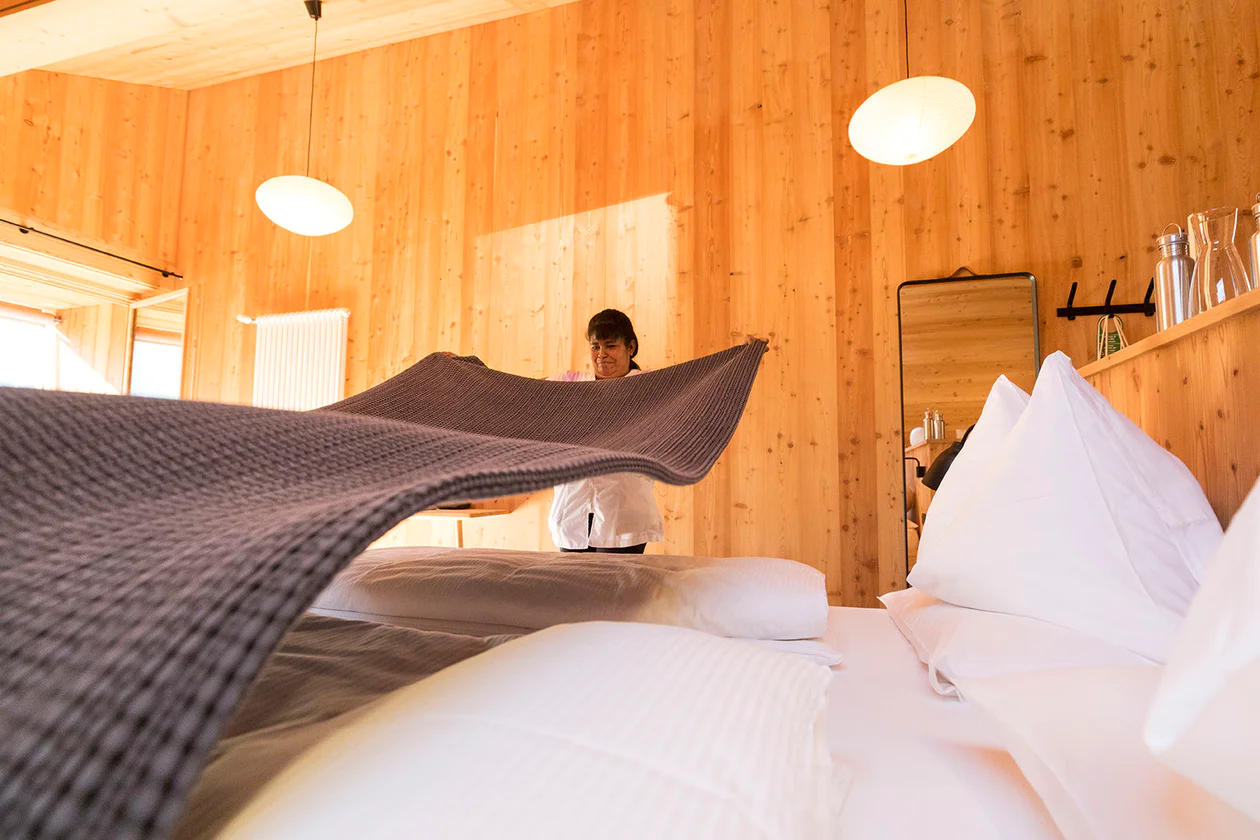The Roman Catholic Church of the Congregatio Jesu in Brixen is consecrated to St. Joseph. The classicist building was owned by the Order of the English Misses until it was taken over by the Autonomous Province of South Tyrol in 2011.
The classicist façade is simple and is divided by four pilasters. These are crowned by a triangular gable. Above the rectangular portal there is a round-arched window.
In addition to stucco work by Franz Singer, there is a high altarpiece inside the church depicting the death of St. Joseph. It was probably painted around 1770 by Josef Anton Zoller for the parish church in Schmirn. To the left and right of it are the figures of St. Joachim and St. Anna. On the left side altar is the painting of St. Philomena by Gebhard Flatz (1870), on the right side altar the communion of St. Antonius by Jakob Fink (1846) is shown. In the choir there is a ceiling painting with the representation of Jesus in the temple by Josef Mühlmann (1854). The other paintings and the neo-baroque decorative painting are by Johann Matthias Peskoller (1904).













































